Wire and cable are essential components in various industries and applications, serving as a means of transmitting electricity and data. Understanding the different wire and cable types is crucial for professionals working in electrical engineering, telecommunications, and other related fields. This summary will provide an overview of wire and cable types, highlighting their characteristics, applications, and benefits. 1. Solid vs. Stranded Wire: – Solid Wire: Made of a single, solid conductor, providing excellent conductivity. Suitable for permanent installations where flexibility is not required, such as in housing wiring. – Stranded Wire: Consists of multiple smaller wires woven together, increasing flexibility and resistance to breakage. Ideal for applications involving frequent movement, such as electronic devices and automotive wiring. 2. Coaxial Cable: – Constructed with an inner conductor, insulating material, metallic shield, and outer insulating cover. – Used for high-frequency applications, such as cable television, internet connections, and wireless communication. – Provides high data transfer rates, excellent signal quality, and protection against interference.
Solar water
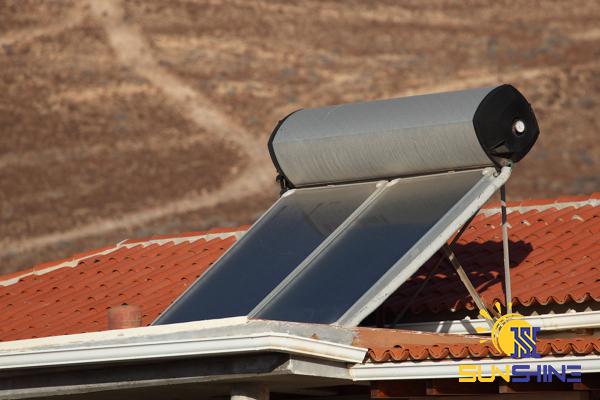 3. Ethernet Cable: – Specifically designed for computer networking and is commonly used for transmitting data in local area networks (LANs). – Available in different categories (CAT5, CAT6, CAT7) that indicate their speed and bandwidth capabilities. – CAT5 is suitable for basic networking needs, while CAT6 and CAT7 offer higher data transfer rates and less crosstalk. 4. Fiber Optic Cable: – Transmits data using light signals through a glass or plastic core surrounded by a protective cladding. – Offers high data transfer rates, long-distance capabilities, and immunity to electromagnetic interference. – Widely used in telecommunications, internet backbones, and data centers. 5. Fire-resistant Cable: – Constructed with materials that can withstand high temperatures and prevent the spread of fire. – Used in buildings, industrial facilities, and other structures where fire safety is critical. – Often required by building codes and regulations. 6. Armored Cable: – Consists of an outer metallic sheath that provides protection against mechanical damage and environmental factors. – Suitable for harsh industrial environments, underground installations, and areas prone to mechanical stress. – Offers enhanced durability and longevity compared to non-armored cables.
3. Ethernet Cable: – Specifically designed for computer networking and is commonly used for transmitting data in local area networks (LANs). – Available in different categories (CAT5, CAT6, CAT7) that indicate their speed and bandwidth capabilities. – CAT5 is suitable for basic networking needs, while CAT6 and CAT7 offer higher data transfer rates and less crosstalk. 4. Fiber Optic Cable: – Transmits data using light signals through a glass or plastic core surrounded by a protective cladding. – Offers high data transfer rates, long-distance capabilities, and immunity to electromagnetic interference. – Widely used in telecommunications, internet backbones, and data centers. 5. Fire-resistant Cable: – Constructed with materials that can withstand high temperatures and prevent the spread of fire. – Used in buildings, industrial facilities, and other structures where fire safety is critical. – Often required by building codes and regulations. 6. Armored Cable: – Consists of an outer metallic sheath that provides protection against mechanical damage and environmental factors. – Suitable for harsh industrial environments, underground installations, and areas prone to mechanical stress. – Offers enhanced durability and longevity compared to non-armored cables.
Specifications of solar water
 7. Thermocouple Wire: – Designed for use in temperature measurement and control systems. – Constructed using two different metals, which generate a voltage proportional to the temperature difference. – Suitable for a wide range of temperature applications, including industrial processes and scientific research. 8. High-Temperature Wire: – Made with special insulation materials that can withstand extreme heat without degrading. – Used in applications such as ovens, furnaces, motors, and aerospace equipment. – Provides reliable performance in high-temperature environments. 9. Low Voltage Cable: – Generally used for power distribution and signal transmission at low voltage levels. – Suitable for residential, commercial, and industrial applications. – Commonly used in lighting systems, audio/video equipment, and security systems. 10. Automotive Wire: – Designed to meet the specific electrical requirements of automotive applications. – Resistant to harsh conditions, such as temperature variations, vibrations, and exposure to chemicals. – Used in vehicle wiring harnesses, engine components, and electrical systems. 11. Marine Cable: – Specifically engineered to withstand the harsh conditions of marine environments. – Resistant to water, moisture, salt, and UV radiation. – Used in shipbuilding, offshore installations, and other marine applications. 12. Instrumentation Cable: – Suitable for transmitting low-energy electrical signals in measurement and control systems. – Provides excellent signal integrity and shielding against external interference.
7. Thermocouple Wire: – Designed for use in temperature measurement and control systems. – Constructed using two different metals, which generate a voltage proportional to the temperature difference. – Suitable for a wide range of temperature applications, including industrial processes and scientific research. 8. High-Temperature Wire: – Made with special insulation materials that can withstand extreme heat without degrading. – Used in applications such as ovens, furnaces, motors, and aerospace equipment. – Provides reliable performance in high-temperature environments. 9. Low Voltage Cable: – Generally used for power distribution and signal transmission at low voltage levels. – Suitable for residential, commercial, and industrial applications. – Commonly used in lighting systems, audio/video equipment, and security systems. 10. Automotive Wire: – Designed to meet the specific electrical requirements of automotive applications. – Resistant to harsh conditions, such as temperature variations, vibrations, and exposure to chemicals. – Used in vehicle wiring harnesses, engine components, and electrical systems. 11. Marine Cable: – Specifically engineered to withstand the harsh conditions of marine environments. – Resistant to water, moisture, salt, and UV radiation. – Used in shipbuilding, offshore installations, and other marine applications. 12. Instrumentation Cable: – Suitable for transmitting low-energy electrical signals in measurement and control systems. – Provides excellent signal integrity and shielding against external interference.
buy Solar water
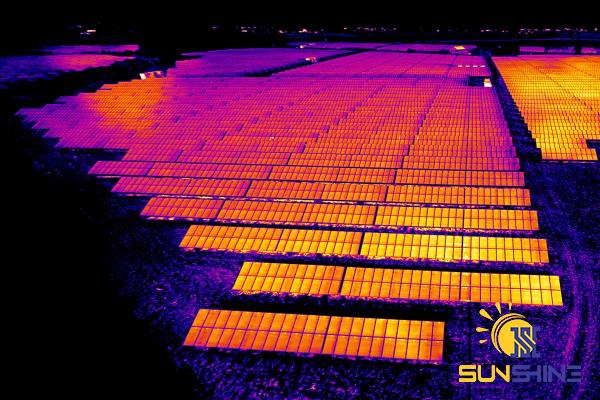 – Widely used in industrial processes, automation systems, and instrumentation applications. 13. Power Cable: – Designed for transmitting high-voltage electrical power from power plants to distribution networks. – Consists of multiple insulated conductors bundled together within a protective sheath. – Used in power transmission and distribution systems, utilities, and industrial facilities. 14. Teflon Wire: – Features Teflon insulation, which offers excellent temperature resistance, durability, and chemical resistance. – Suitable for high-temperature applications, aerospace industry, and corrosive environments. – Offers low friction and good electrical performance. 15. Building Wire: – Meets the electrical code requirements for wiring buildings and structures. – Available in various sizes, insulation types, and voltage ratings. – Used for general power distribution, lighting, and branch circuits in residential, commercial, and industrial buildings. In conclusion, wire and cable types vary in their construction, insulation, and applications. From solid and stranded wire to specialized cables like coaxial, fiber optic, and fire-resistant cables, each type serves a specific purpose in various industries. Understanding the characteristics and advantages of different wire and cable types is crucial for professionals in electrical engineering, telecommunications, and other related fields to ensure optimal performance and safety in their applications.
– Widely used in industrial processes, automation systems, and instrumentation applications. 13. Power Cable: – Designed for transmitting high-voltage electrical power from power plants to distribution networks. – Consists of multiple insulated conductors bundled together within a protective sheath. – Used in power transmission and distribution systems, utilities, and industrial facilities. 14. Teflon Wire: – Features Teflon insulation, which offers excellent temperature resistance, durability, and chemical resistance. – Suitable for high-temperature applications, aerospace industry, and corrosive environments. – Offers low friction and good electrical performance. 15. Building Wire: – Meets the electrical code requirements for wiring buildings and structures. – Available in various sizes, insulation types, and voltage ratings. – Used for general power distribution, lighting, and branch circuits in residential, commercial, and industrial buildings. In conclusion, wire and cable types vary in their construction, insulation, and applications. From solid and stranded wire to specialized cables like coaxial, fiber optic, and fire-resistant cables, each type serves a specific purpose in various industries. Understanding the characteristics and advantages of different wire and cable types is crucial for professionals in electrical engineering, telecommunications, and other related fields to ensure optimal performance and safety in their applications.
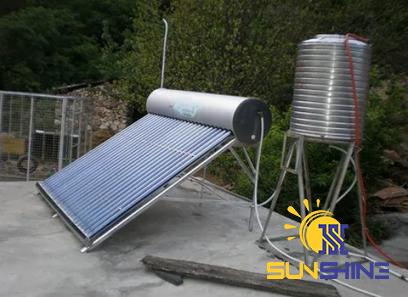
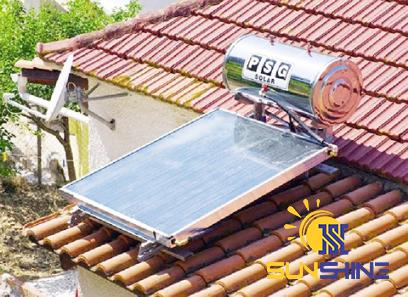
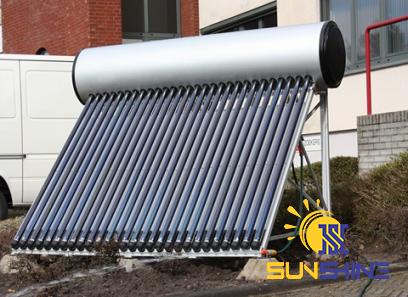
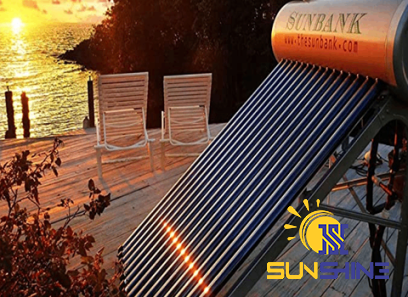
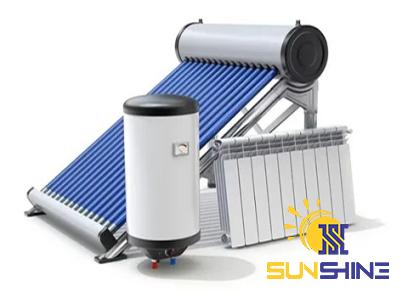
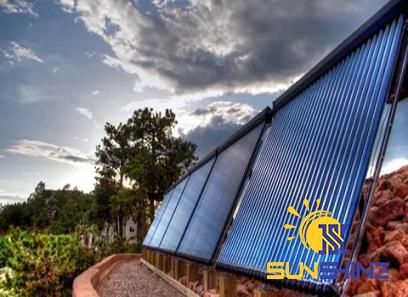
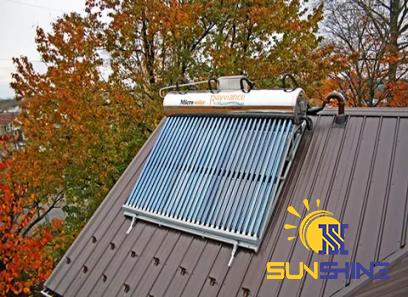
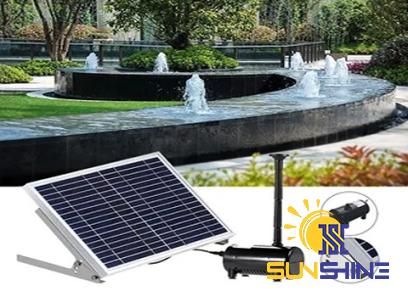
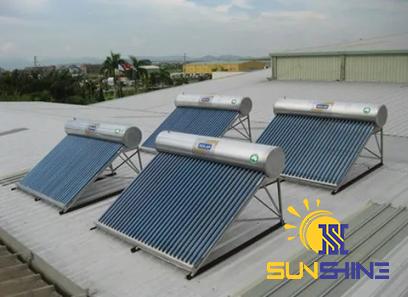
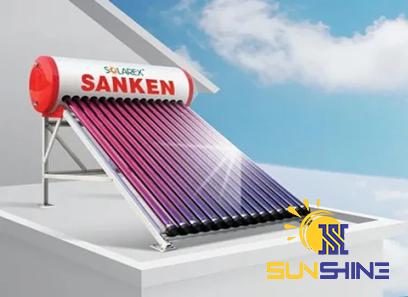
Your comment submitted.